Optimizing Wellbore Trajectories in Extended Reach Drilling: Key Techniques and Simulation Technology
Extended Reach Drilling (ERD) is a pivotal advancement in the oil and gas industry, allowing access to hydrocarbons located far from the drilling platform. Optimizing wellbore trajectories in Extended Reach Drilling is essential to maximize resource extraction, minimize environmental impact, and ensure cost-effective operations. This article explores the techniques and simulation technology that are revolutionizing the optimization of wellbore trajectories in ERD drilling.
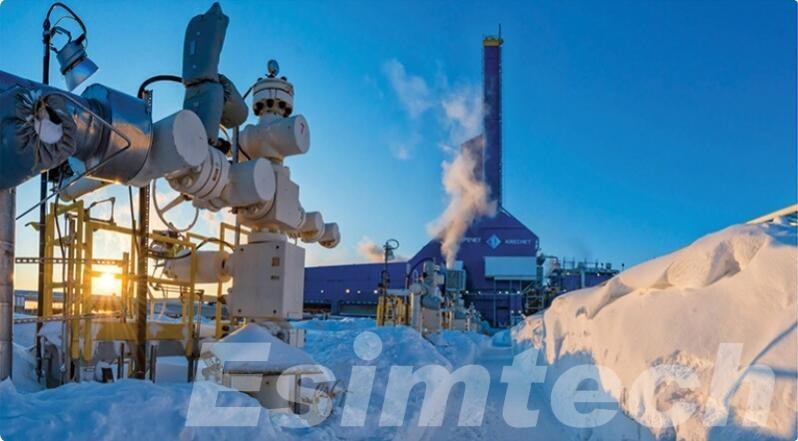
The Need for Optimization of Wellbore Trajectories in Extended Reach Drilling
Optimizing wellbore trajectories in ERD is crucial due to the complexity and scale of these operations. Precise trajectory planning and execution ensure:
- Efficiency: Reducing drilling time and operational costs.
- Safety: Minimizing risks of wellbore instability and geological hazards.
- Resource Maximization: Accurate targeting of reservoirs to enhance hydrocarbon recovery.
- Environmental Protection: Decreasing surface footprint and environmental disturbance.
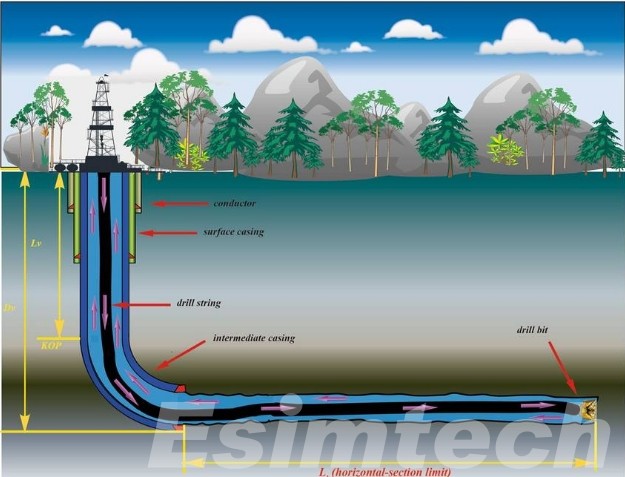
Techniques for Optimizing Wellbore Trajectories in Extended Reach Drilling
1. Directional Drilling Technologies
a. Rotary Steerable Systems (RSS)
- Precise Control: Rotary Steerable System tools offer precise directional control of the drill bit, allowing for accurate navigation through complex geological formations.
- Continuous Steering: Unlike traditional steerable systems, RSS tools can continuously adjust the wellbore path in real-time, improving trajectory accuracy and efficiency.
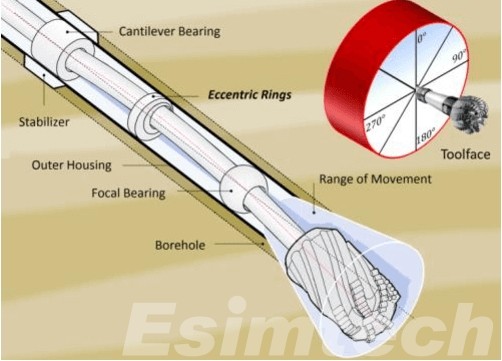
b. Measurement While Drilling (MWD) and Logging While Drilling (LWD)
- Real-Time Data: MWD and LWD technologies provide real-time data on wellbore position, formation properties, and drilling parameters.
- Informed Decision-Making: Operators use this data to make informed decisions during drilling, optimizing the wellbore trajectory based on geological conditions encountered.
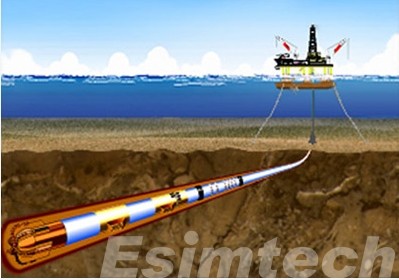
2. Geomechanical Modeling
a. Stress Analysis
- Understanding Stress Regimes: Geomechanical models help predict in-situ stress distribution and its effect on wellbore stability.
- Fracture Prediction: These models identify potential fracture zones, enabling the avoidance of unstable formations and optimization of trajectory design.
b. Real-Time Monitoring
- Dynamic Updates: Continuous monitoring and updating of geomechanical models in real-time allow for adaptive drilling strategies.
- Risk Mitigation: Early detection of drilling hazards, such as borehole instability or pore pressure changes, enables timely adjustments to the drilling plan.
3. Advanced Survey and Measurement Techniques
a. Gyroscopic Tools
- Accurate Positioning: Gyroscopic survey tools provide precise wellbore positioning, crucial for maintaining trajectory accuracy over long distances.
- Orientation Control: These tools ensure the correct orientation of the wellbore, facilitating planned trajectories and reducing the risk of deviation.
b. Magnetic Ranging
- Collision Avoidance: Magnetic ranging techniques help detect nearby wells, preventing collisions and ensuring safe well spacing.
- Interception Planning: In relief well drilling, magnetic ranging aids in accurately intercepting target wellbores for intervention purposes.
4. Drilling Optimization Software
Real-Time Monitoring and Analysis Tools
- Continuous Optimization: Real-time monitoring tools provide feedback on drilling parameters, allowing for dynamic adjustments to the wellbore path.
- Data Integration: These tools integrate various data streams to provide a comprehensive view of drilling operations, facilitating informed decision-making.
4. Artificial Intelligence (AI) and Machine Learning (ML)
a. Predictive Modeling
- Optimization Algorithms: AI and ML algorithms analyze historical drilling data to predict optimal well trajectories.
- Adaptive Control: These models continuously learn from drilling operations and adapt the trajectory in real-time to optimize performance.
b. Automation and Robotics
- Precision Drilling: Automated systems guided by AI enhance drilling precision and efficiency.
- Remote Operation: Robotics enable remote drilling operations in challenging environments, reducing operational risks and costs.
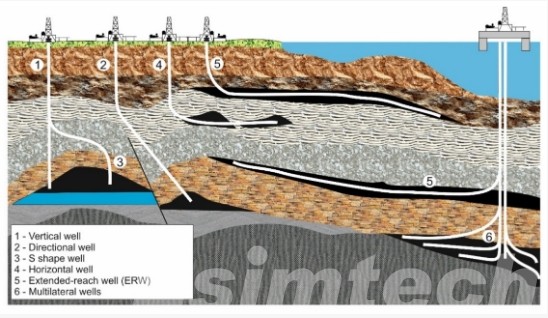
How Simulation Technology is Used for Optimizing Wellbore Trajectories in Extended Reach Drilling
Simulation technology plays a vital role in optimizing wellbore trajectories in Extended Reach Drilling (ERD) by providing engineers with the ability to model various scenarios, assess risks, and determine the most efficient drilling paths.
1. Well Planning and Design
- Geological Modeling: Simulation software allows engineers to create detailed geological models of the subsurface environment, including formations, faults, and reservoir properties.
- Scenario Analysis: Engineers can simulate different well trajectories and drilling scenarios based on geological data, well objectives, and operational constraints.
- Trajectory Optimization: Simulation models help identify the optimal well path that minimizes drilling time and costs while maximizing hydrocarbon recovery.
2. Geomechanical Analysis
- Stress and Stability Analysis: Simulation technology enables engineers to assess the stability of the wellbore in different geological conditions and predict potential issues such as borehole collapse or formation damage.
- Fracture Prediction: Geomechanical simulations can predict the likelihood of fractures and determine their impact on wellbore stability and trajectory optimization.
3. Real-Time Monitoring and Decision Support
- Dynamic Updates: Simulation models can be updated in real-time with data from measurement while drilling (MWD) and logging while drilling (LWD) tools, allowing engineers to make dynamic adjustments to the wellbore trajectory based on current drilling conditions.
- Risk Assessment: Engineers use simulation technology to assess drilling risks such as wellbore instability, pore pressure anomalies, and formation fluid influx, helping to mitigate potential hazards during drilling operations.
4. Cost Optimization
- Time and Cost Estimation: Simulation software provides accurate estimates of drilling time and costs for different trajectory options, allowing operators to choose the most cost-effective approach.
- Resource Allocation: Through simulating various drilling scenarios, operators can optimize resource allocation, including rig scheduling, personnel deployment, and equipment utilization.
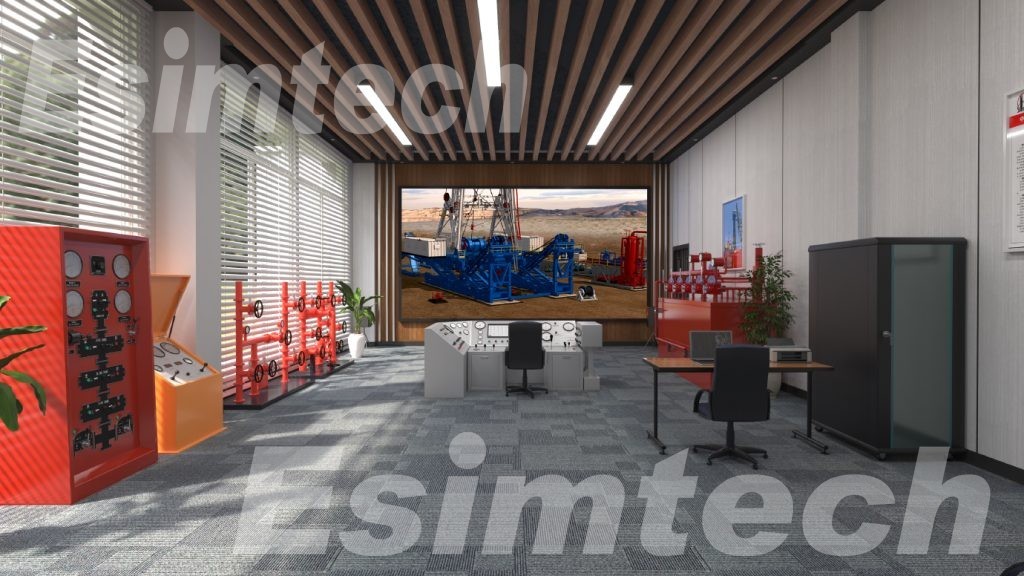
5. Training and Education
Training Simulators: drilling training simulation system is used to train drillers and engineers in well planning, trajectory optimization, and drilling operations in a virtual environment, reducing the risk of errors and accidents during actual drilling.
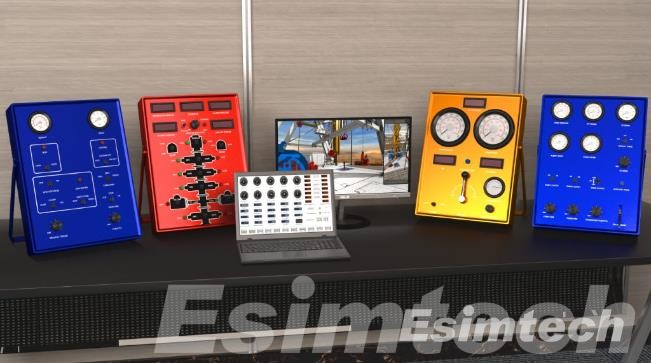
Benefits of Simulation Technology Used for Wellbore Trajectory Optimization in Extended Reach Drilling
Below is a chart outlining the benefits of simulation technology used for wellbore trajectory optimization in Extended Reach Drilling
| Benefits | Description |
| Enhanced Efficiency | Simulation technology enables optimization of well trajectories, minimizing drilling time and costs. |
| Improved Safety | By simulating drilling operations and identifying potential risks, simulation technology helps in proactive safety measures. |
| Cost Reduction | Optimized well trajectories result in cost savings through reduced drilling time, equipment wear, and operational expenses. |
| Increased Success Rate | Simulation technology provides insights into subsurface conditions and drilling challenges, leading to informed decision-making and effective risk management. |
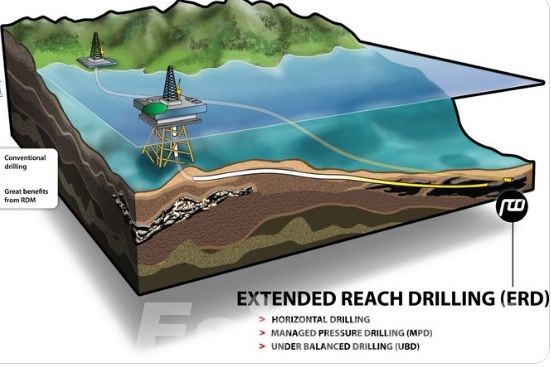
Conclusion
Optimizing wellbore trajectories in Extended Reach Drilling is a complex but essential task that significantly impacts the efficiency, safety, and profitability of drilling operations. Leveraging advanced techniques and simulation tools allows for greater precision and success in ERD drilling projects.

